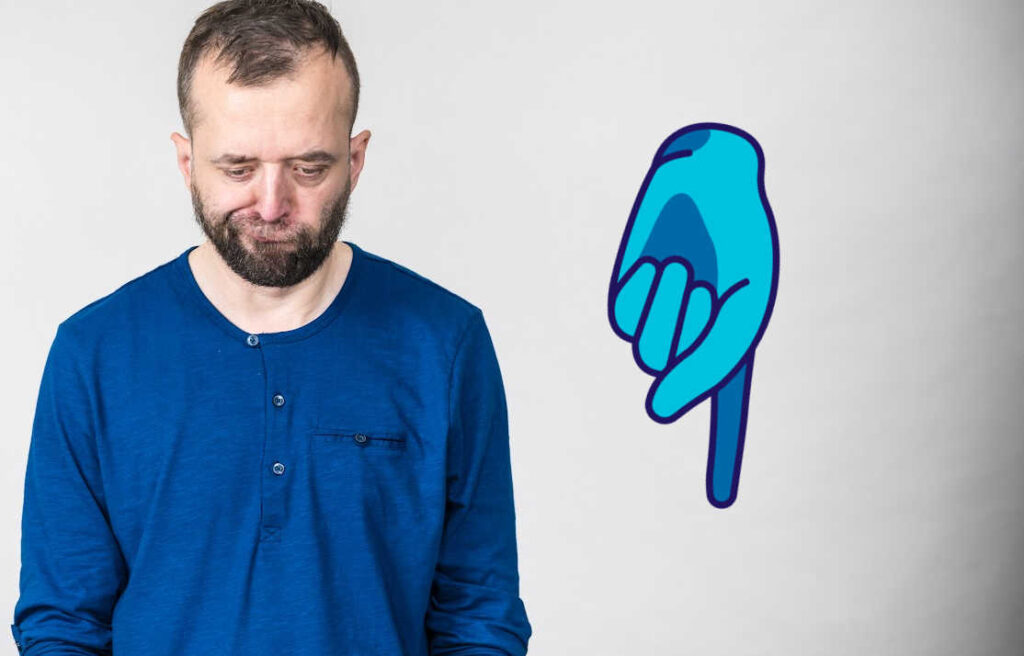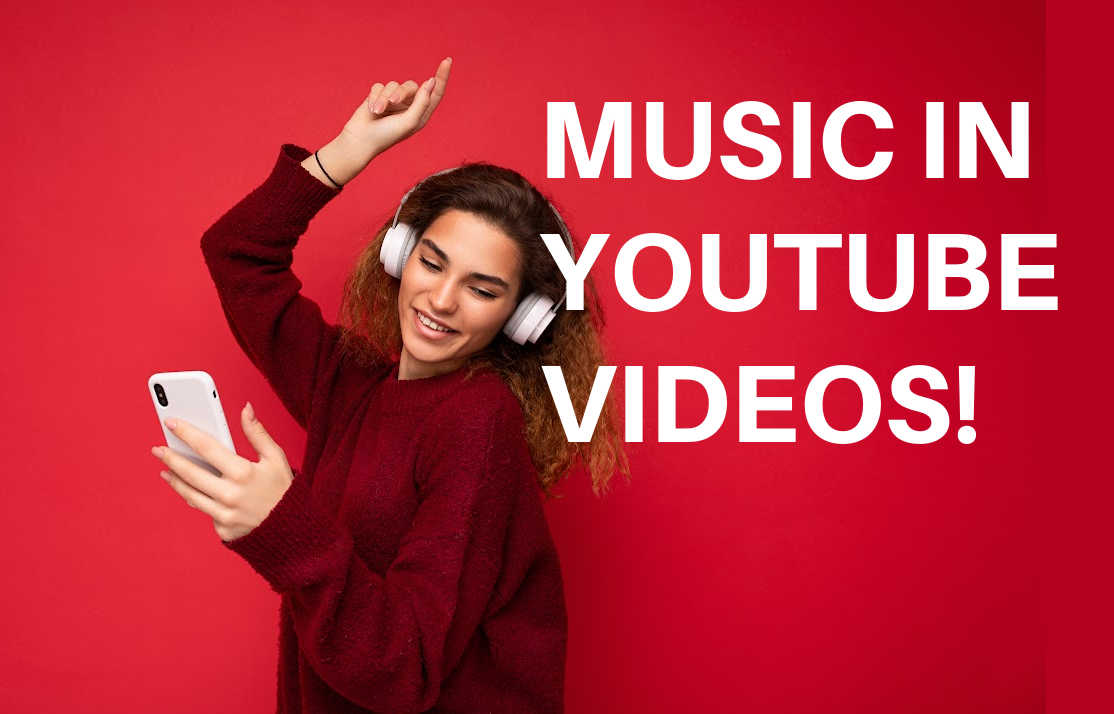In your videos, including music allows your content to be much more entertaining. This improves the watch time on your videos and will help improve your YouTube rankings as well as the total subscriber count. Music is an important part of your marketing and videos.
Music evokes people’s emotional reactions and can easily build positive connotations for a product or a company.
More music is being recorded and released in 2020 than ever before (more than 40,000 songs are posted daily on Spotify alone) and an emerging number of innovative music libraries provide music for use, but music that is not monetizable will also catch video creators out. In this case, a copyright claim can be created on your video (meaning your video will be demonetized), territorial viewing restrictions can be imposed, and, in the worst case scenario, the video can be taken down and deleted completely.
To reduce the possibility of demonetization, influencers who monetize their videos may want to stay away from copyrighted music in most cases. This is because these tracks have already been registered for Content ID and once they are used, they will be automatically flagged.
You may find one or more of these things happen to your video when you get a claim on your video (which would be caused by a Content ID system):

- Ads appear unexpectedly in your videos
- You will not monetize your video. There will be no revenue generated
- In some countries/territories, the playback of the video is blocked
- In some locations, the audio on your video could be muted.
Some More Facts:
- Annoyingly, it is not just the actual version of the music you used that is covered; whether you whistle or sing a portion of a copyrighted song, you could even get a copyright lawsuit. This is because there are two copyright sets for any track that exists: the publishing share for songwriters and composers (who produced the melody, rhythm and lyrics) and the master share for singers (which covers the recording and performance of the song).
- Cover releases of songs can be troublesome as well. If they have recreated a song themselves declaring that they have recorded all the instruments in a new version of the song, certain authors also prefer to dispute a copyright claim. The music copyright, however, still remains (protecting anyone who produced the melody, music and lyrics) so that the songwriter or publisher will still have a valid còto on the cover version.
- For artists participating in the YouTube Partner Program (YPP), there is an option that allows them to split the income from qualifying YouTube cover song videos. The music distributor claims the video, and money is compensated to the content producer in a fixed percentage of the total profit, usually 50%.
- Unless you’re a production company or marketing agency with very large music licensing budget, it is impossible that brand new tracks from top charting artists can be included.
Also read: How To Grow Your YouTube Channel?
It is becoming more commonly accepted that influencers want access to high-quality commercial content, but aside from the tried and tested royalty-free collections, more music licensing opportunities are available; search for licensing sites that sell claim-free music eligible for monetization. Study the terms and conditions for licensing the music thoroughly, although these will vary between platforms; some licensing services need you to add some track detail (e.g. via attribution) to the video description, while others will ask for your channel ID such that the video can be whitelisted and monetized. In order to make the process even easier for artists, with more demand from influencers, more claim-free music solutions are becoming available.
